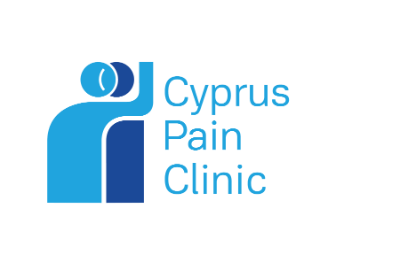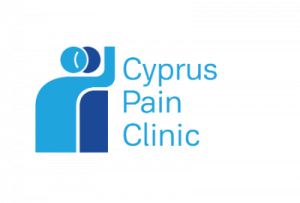Trigeminal neuralgia is a severe form of chronic neuropathic pain that affects one or more trigeminal nerve branches in the face. Any age can be affected; however, people over 60 are more likely to experience it. It demonstrates higher incidence in women and affects the right side of the face five times more often than the left.
It manifests as a burning, numbing, or pinprick-like pain that is sudden and acute. Many daily activities, including chewing, speaking, brushing teeth, swallowing, and basic facial contact, are affected.
Trigeminal Neuralgia
It initially presents with mild, short-term episodes but then progresses to long-term, more frequent, and more intense episodes of pain. There may be times when the symptoms go away, but there may also be times when the discomfort persists, which can result in a reduction in daily activities, weight loss, social isolation, and eventually depression.
How it presents
Diagnosis
Diagnosis is delivered based on the patient’s history combined with a brain magnetic resonance imaging (MRI) study.
Treatments
For the treatment of trigeminal neuralgia, there are three options.
Conservative treatment
In the first stage, it is treated with medication. The drug of choice recommended by the European Guidelines in trigeminal neuralgia is carbamazepine (Tegretol), while second choice drugs are the well-established medications (antiepileptics & antidepressants) for neuropathic pain.
In cases where medications do not achieve satisfactory pain management or their side effects are not tolerated by the patient, minimally invasive techniques are performed.
Minimally Invasive Techniques
- Transcutaneous radiofrequency neurolysis of Gasserian ganglion
- Transcutaneous balloon compression
- Transcutaneous glycerol rhizotomy (obsolete)
- Gamma Knife radiosurgery
Surgical Treatment
A final treatment option is microvascular, open surgical decompression of the trigeminal nerve. It is performed under general anesthesia and involves removing a small bone section (craniectomy) in the area behind the ear and decompressing the nerve where it meets blood vessels in the area.
References:
- DR Emril, KY Ho. Treatment of trigeminal neuralgia: role of radiofrequency ablation. – J Pain Res, 2010
- JM Zakrzewska, ME Linskey. Trigeminal neuralgia. British Medical Journal 2014
- Headache Classification Subcommittee of the International Headache Society. The International Classification of Heachache Disorders: 2nd edition. Cephalalgia 2004; 24 (Suppl1):9.
- Love, S, Coakham, HB. Trigeminal neuralgia: pathology and pathogenesis. Brain 2001; 124:2347.
- Nurmikko, TJ, Eldridge, PR. Trigeminal neuralgia—pathophysiology, diagnosis and current treatment. Br J Anaesth 2001; 87:117.
- Rozen, TD, Capobianco, DJ, Dalessio, DJ. Cranial neuralgias and atypical facial pain. In: Wolff’s Headache and Other Head Pain
- Siblerstein, SD, Lipton, RB, Dalessio, DJ (eds), Oxford University Press, New York 2001, pp. 509.
- Slavin, KV, Wess C. Trigeminal branch stimulation for intractable neuropathic pain: technical note. Neuromodulation 8:7-13, 2005
- Y Kanpolat, A Savas, A Bekar, C Berk. Percutaneous controlled radiofrequency trigeminal rhizotomy for the treatment of idiopathic trigeminal neuralgia: 25-year experience with 1600 patients. Neurosurgery, 2001


